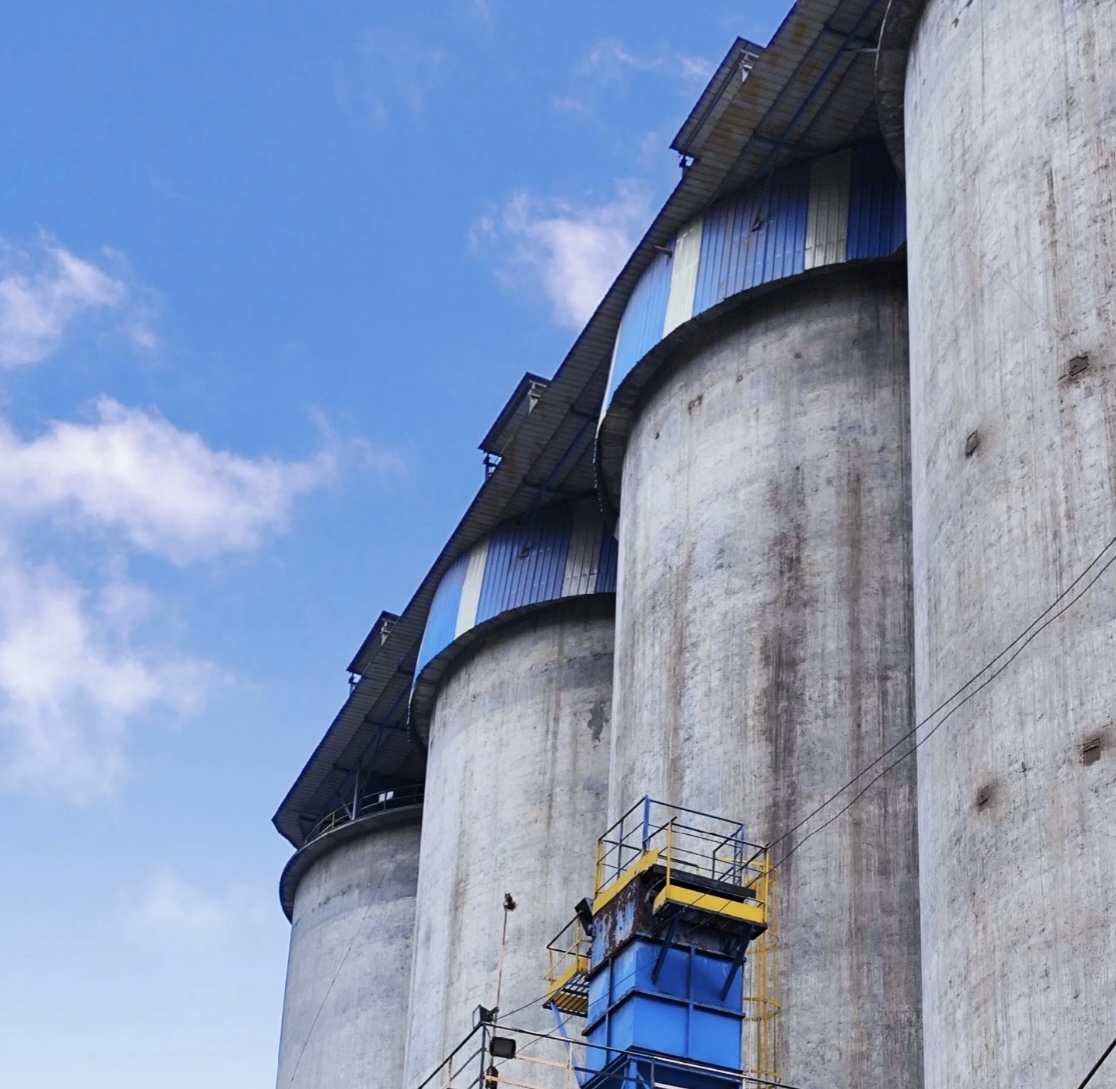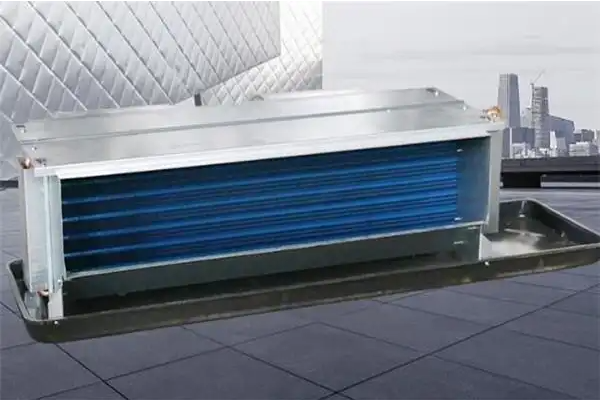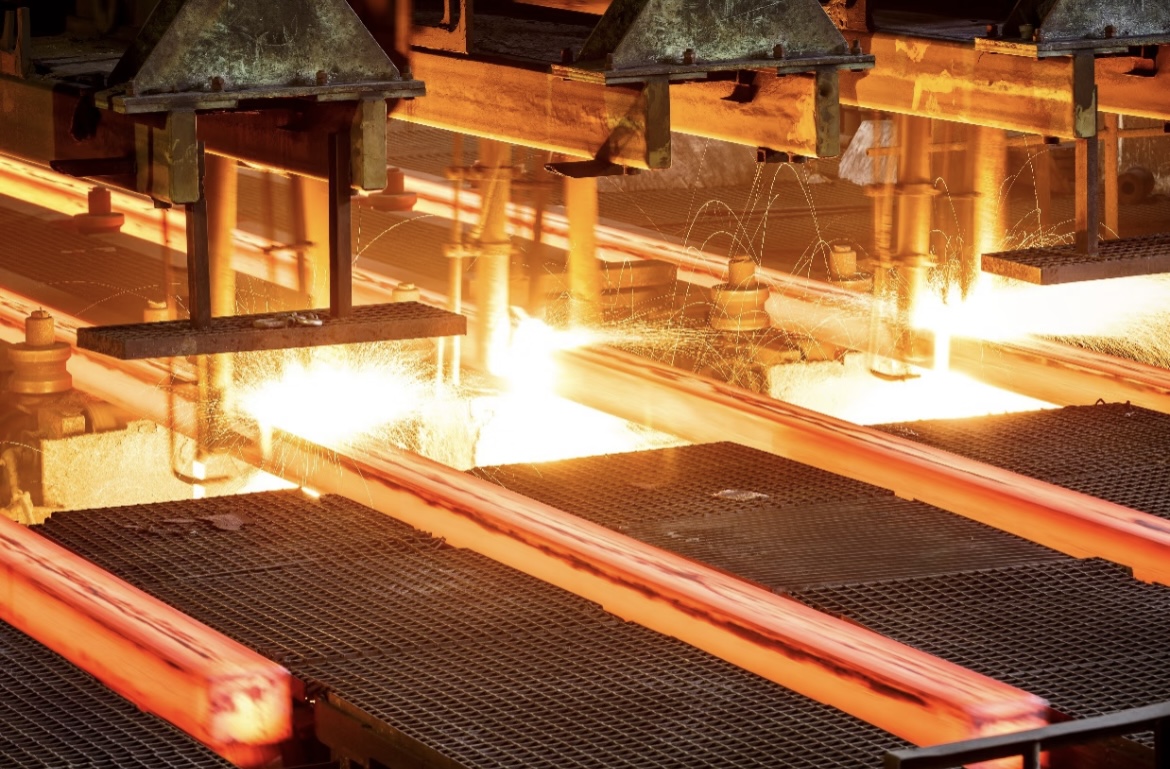There are many types of fans, among which the most widely used and common are centrifugal fans and axial fans. Below, let me briefly introduce the difference between Wankun Fan and others!
1. Different exhaust directions
The inlet and outlet of the axial flow fan are on a parallel line. The exhaust direction of the centrifugal fan is perpendicular to the air inlet, and it can exhaust in the specified direction forward and backward.
2. Different power levels
Axial flow fan is a type of fan in which gas completes axial motion during the rotation of the impeller. The air pressure generated during the motion is small, but the air volume is relatively large. Centrifugal fans generate centrifugal force through the rotation of the impeller for gas transmission, and generally require enclosed installation. The wind pressure is relatively high, but the air volume is not large.
3. The external structure is different.
The motor and impeller of the axial flow fan are both installed in a cylinder, which also has a cylindrical shape. The outer shape of the centrifugal fan casing is a spiral linear volute structure.
4. Different installation methods
The installation method of axial flow fans is relatively convenient. Duct fans can be directly installed inside pipelines or on walls, while fixed fans can be fixed through bases. The installation method of centrifugal fans often uses steel structure brackets, which should be maintained in a straight and secure state during installation. The part buried in the wall should penetrate two-thirds of the wall. When fixing with bolts, washers should be added to prevent the bracket from loosening due to vibration.
5. Different maintenance methods
Mainly reflected in the maintenance workload, axial flow fans are basically maintenance free, but centrifugal fans need to add cooling water, inspect impellers, and replace lubricating oil after continuous operation.
Characteristics of centrifugal fan:
1. High flow rate: Centrifugal fans can process a large amount of gas, allowing it to reach high speeds in a short period of time.
2. Low noise: The centrifugal fan operates at a lower speed, is relatively stable, and produces less noise.
3. Safe and reliable: The centrifugal fan body is made of steel plate, with a reasonable and stable structure. There is an automatic protection device during operation, which will not cause safety problems due to abnormal operation.
4. Easy to maintain: Centrifugal fans are easy to maintain by regularly checking the service life of components such as oil and belts, reducing usage costs and extending machine lifespan.
Characteristics of axial flow fan:
1. High efficiency: capable of generating large air volume with small power input.
2. Low noise: The noise generated by the fan during operation is relatively low. This is a series of noise reduction measures such as shock absorbers and sound insulation materials adopted in the design and manufacturing process, effectively reducing the noise of the fan and making it quieter during use.
3. Small size: Compared to other types of fans, it has a smaller volume. This makes axial flow fans more flexible in installation and layout, allowing them to be installed in spaces with limited space without taking up too much space.
4. Lightweight: easy to handle and install.
5. Good adjustment performance: The air volume and pressure can be adjusted as needed. Enable the fan to flexibly respond to different engineering situations to meet different needs.
6. High reliability: able to operate stably and have a long service life. This is due to the use of high-quality materials and advanced technology in the manufacturing process of the fan, which makes the structure of the fan sturdy and reliable, while reducing the frequency of maintenance and replacement.
Overall, axial flow fans and centrifugal fans each have their own advantages and disadvantages, and the choice of which type to use depends on actual needs. When choosing a fan, multiple factors such as air volume, air pressure, noise, stability, reliability, energy consumption, and maintenance costs need to be considered. I believe that in the future development, with the continuous advancement of technology and the increasing demand for applications, both axial flow fans and centrifugal fans will have great development space and potential.






